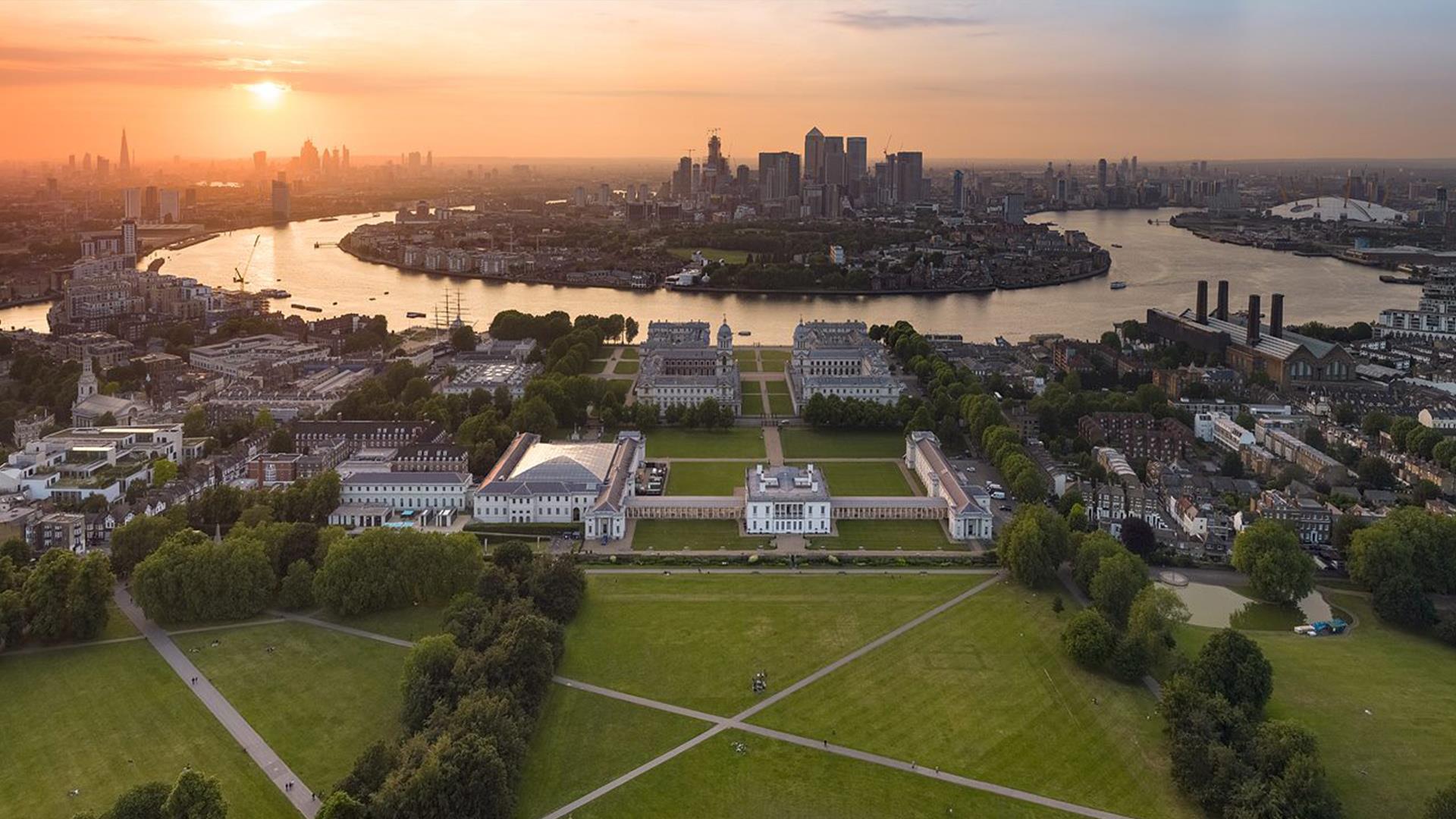
My Planner
To build your own Itinerary, click  to add an item to your Itinerary basket.
to add an item to your Itinerary basket.
Already saved an Itinerary?

- Things to Do
- What's On
- Accommodation
- Food and Drink
- Ideas and Inspiration
- Shopping
- Plan your Trip
- Corporate
You are here: Ideas and Inspiration > UNESCO World Heritage Site
- Accommodation
- Things to Do
- What's On
- Food & Drink
- Shopping
The Maritime Greenwich World Heritage Site comprises the historic town centre, Royal Park and related institutional buildings, and was inscribed by the World Heritage Convention in 1997.
Maritime Greenwich has joined a unique club of the most important and natural places on earth – special places which people are encouraged to visit and explore now and for generations to come.
The ensemble of buildings at Greenwich and their landscape setting, including the Royal Park, are a potent architectural symbol of English artistic, scientific and other institutional endeavour, notably from the 17th to late 19th centuries.
The Queen’s House, by Inigo Jones, was the first Palladian building in England, while the Old Royal Naval College designed principally by Sir Christopher Wren and Nicholas Hawksmoor, is a confident expression of the ‘English Baroque’ style .
Greenwich Park, as re-planned to a design attributed to Andre Le Notre in the 1660s, surrounds the Royal Observatory which was the first purpose-designed scientific building in England.
For over 250 years, it was the national centre for research into astronomy, time-keeping and early solar and magnetic astronomy. Its navigational and temporal role led to the Greenwich Meridian ( Longitude 0°) being agreed as Prime Meridian of the World in 1884.
Having held a former royal palace from the 15th century to around 1670, of which the Queen’s House is the last standing building, the Site and its buildings have evolved through many changing roles. The Royal Hospital for Seamen was established (1696-1869), its associated school (c 1712-1933), the Royal Naval College (1872-1998), the former Dreadnought Seamen’s Hospital (established ashore from 1870 to the 1980s), and the National Maritime Museum (since 1937).
The physical and institutional development of ‘historic Greenwich’ is inseparable from key periods of Britain’s early modern history, British maritime power, related science, welfare, education and culture from the 17th century on.
That role continues today in the broadest sense with all the major WHS partners including Greenwich Hospital (the historic charity, which remains primary freeholder under the Crown) committed in principle to continuing appropriate enhancement of the overall Site.
Find out more at the official Maritime Greenwich World Heritage Site website.
© Visit Greenwich. All Rights Reserved





